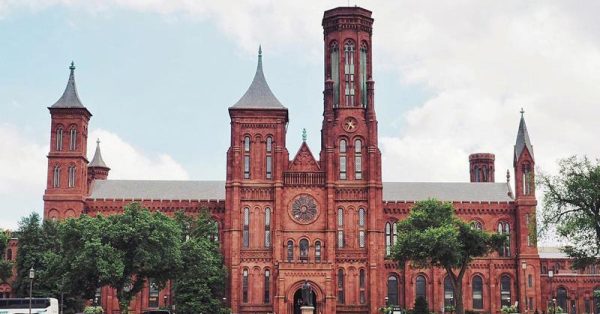
In March, President Trump signed Executive Order 14253, titled “Restoring Truth and Sanity to American Museums”—a directive demanding that museums and public sites in the nation’s capital reflect America’s “unmatched record of advancing liberty, prosperity, and human flourishing.” The order charged the Smithsonian Institution with promoting a “divisive, race-centered ideology” and portraying “American and Western values as inherently harmful and oppressive.” In August, the White House further outlined a plan to review the Smithsonian’s public-facing content, curatorial process and exhibition planning, requiring that eight Smithsonian museums provide material for review, including current exhibition content, draft concepts, internal communications, educational material, links to websites, a list of external partnerships and more. The letter also delineates a timeline commanding the Smithsonian to adjust its content within 120 days of the release of the letter. On September 2nd, the Smithsonian responded, emphasizing its independence as an institution while agreeing to internally review its content and provide some material to the Trump administration. “I am assembling a small internal team to advise me and the senior team about what we can provide and on what timeline,” said Smithsonian secretary, Lonnie Bunch.
The institution has repeatedly reiterated its autonomy. Governed by a board of regents, the Smithsonian receives federal funding, but is not subject to supervision by the federal government. In attempting to regulate the Smithsonian’s operation—including the management of museum exhibitions and personnel choices—President Trump seeks unprecedented power to dictate the public dissemination of knowledge, and thus to determine the definition of American culture and history. Through the rampant issuing of injunctions and commands whose consequences are unclear, President Trump is pursuing a campaign of intimidation, attempting to coerce institutions over which he has no jurisdiction to conform to the ideology underpinning his presidency—i.e. that “woke” forces attempting to distort American culture and politics must be destroyed.
In an effort to conform to the expectations of the Trump administration while maintaining its autonomy, the Smithsonian has walked the line between capitulating to and defying the presidency. A few weeks after Trump declared on social media that he was firing Kim Sajet, the director of the National Portrait Gallery, Sajet resigned of her own accord. American artist Amy Sherald—who painted Michelle Obama’s portrait—recently withdrew from a solo show at the National Portrait Gallery after the Smithsonian expressed concern over a painting depicting a trans woman as the statue of liberty. Other exhibits are in the process of change and reorganization as the museum considers how best to appease Trump.
Trump recently stated on Twitter that “The Smithsonian is OUT OF CONTROL, where everything discussed is how horrible our Country is, how bad Slavery was, and how unaccomplished the downtrodden have been—Nothing about Success, nothing about Brightness, nothing about the Future.” He envisions the purpose of American museums as cultivating an ideal and celebratory representation of America, as underlining American “exceptionalism,” and therefore takes exception to the Smithsonian’s effort to research and present non-dominant narratives, forgotten histories, and a comprehensive portrait of the American experience. The inclusion of certain historical facts—e.g. that many of our founding fathers owned slaves—may desacralize our conception of America. But the object of any museum is not to glorify a history, but to represent it in its totality. No museum should be immune from criticism, and every should be receptive to change. But President Trump’s attempts to exercise undue influence and control over the depiction of the nation’s history limits our understanding of our country in the service of idealizing it.